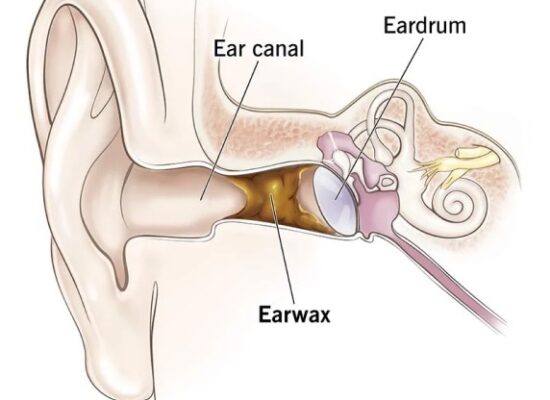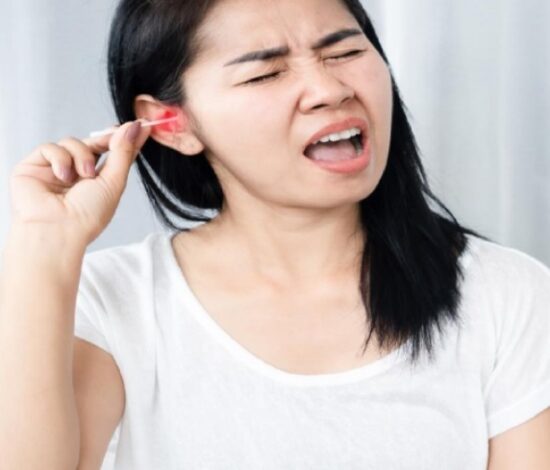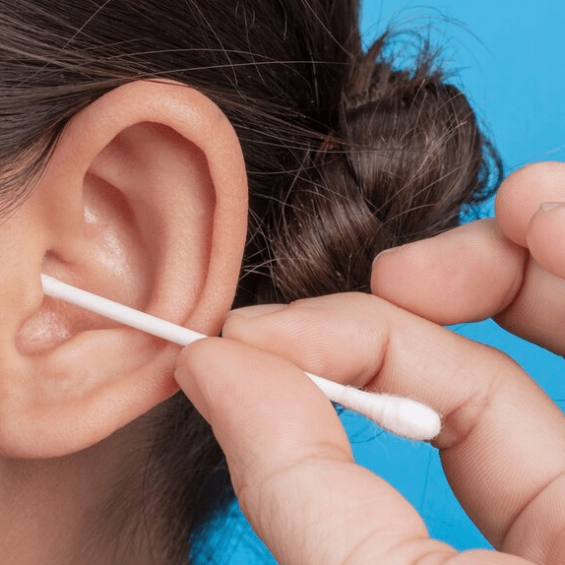Definition
Impacted earwax, also known as cerumen impaction, occurs when an excessive amount of wax accumulates in the ear canal, causing discomfort and hearing problems. Wax is a natural substance produced by the ear to protect and clean the ear canal, but when it becomes impacted, it can lead to various issues.

Causes of Impacted Ear wax
Several factors can contribute to the causes of earwax:
Overproduction: Some individuals naturally produce more wax than others, making them more prone to impaction.
Use of Q-Tips or Cotton Swabs: Inserting cotton swabs or other objects into the ear canal can push wax deeper, leading to impaction.
Ear Canal Abnormalities: Narrow or oddly shaped ear canals can trap wax, making it more likely to become impacted.
Hearing Aid Use: Hearing aids can inadvertently push wax deeper into the ear canal.
Symptoms of Impacted Earwax
Impacted earwax can cause a range of symptoms, including:
Hearing Loss: Reduced hearing or a feeling of fullness in the ear.
Earache: Discomfort or pain in the affected ear.
Tinnitus: Ringing or buzzing sounds in the ear.
Vertigo: Dizziness or balance problems in some cases.
Itchiness: Irritation or itching in the ear canal.
Ear Drainage: Discharge from the ear in severe cases.
Coughing: Rarely, coughing can occur due to stimulation of the ear canal’s nerves.

Treatment of Impacted Earwax
Treatment for impacted earwax aims to safely remove the blockage and alleviate symptoms. Several methods can be used:
Earwax Softeners: Over-the-counter wax softening drops or solutions can help soften the impacted wax, making it easier to remove.
Ear Irrigation: An ENT specialist may use warm water or saline solution to irrigate the ear canal gently, flushing out the softened earwax.
Manual Removal: In some cases, an ENT specialist may use specialized instruments to carefully remove the impacted wax.
Micro Suction: An ENT specialist may use a specialized device to suction out the wax.
Management and Prevention:
To prevent earwax impaction and manage ear health:
Avoid Cotton Swabs: Refrain from inserting cotton swabs or other objects into the ear canal, as this can push wax deeper.
Regular Ear Hygiene: Gently clean the outer part of the ear with a washcloth during regular bathing. Avoid inserting anything into the ear canal.
Ear Protection: Use earplugs or earmuffs in noisy or dusty environments to prevent excessive wax production.
Hearing Aid Maintenance: If you use hearing aids, follow proper maintenance and cleaning guidelines to prevent wax from becoming trapped.
Regular Check-Ups: Include ear examinations as part of routine healthcare to monitor wax levels and address any issues promptly.
Summary
In summary, impacted earwax occurs when an excessive amount of wax accumulates in the ear canal, causing symptoms such as hearing loss, discomfort, and tinnitus. Treatment options include wax softeners, irrigation, manual removal, and microsuction. To prevent earwax impaction and maintain ear health, it’s essential to avoid using cotton swabs, practice regular ear hygiene, and seek professional care when necessary. If you experience symptoms of impacted earwax, consult with an ear, nose, and throat specialist for appropriate evaluation and management.


